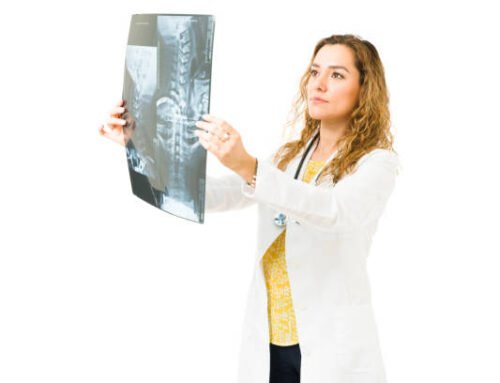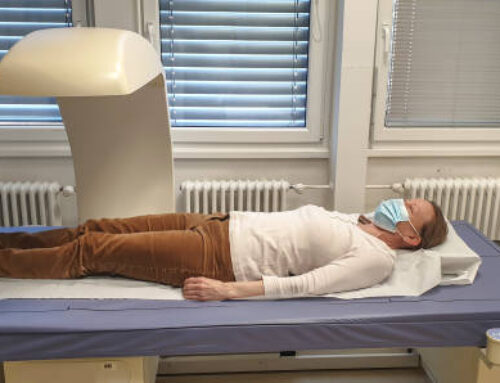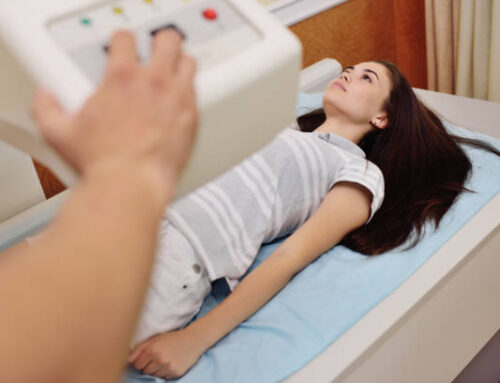Osteoporosis is a common condition in which the bones become weak and brittle, making them more prone to fractures. It is often referred to as a silent disease because it can develop over many years without any symptoms until a bone fracture occurs. One of the most important tools for diagnosing and managing osteoporosis is bone mineral density (BMD) assessment.
What is BMD Assessment?
It is a simple, non-invasive test that measures the amount of mineral density in the bones. The most common way to measure BMD is with a dual-energy X-ray absorptiometry (DXA) scan, which uses low-dose X-rays to measure the density of the spine, hip, or other bones. The test is painless and takes only a few minutes to complete.
Why is BMD Assessment Important in Treating Osteoporosis?
It is important in treating osteoporosis because it can help identify people at risk of fracture before a fracture occurs. The results of the test can be used to diagnose osteoporosis or determine if a person has low bone mass (osteopenia), which is a precursor to osteoporosis. It can also help monitor the effectiveness of osteoporosis treatments over time.
Treatment decisions for osteoporosis are often based on a person’s BMD results, along with other risk factors such as age, sex, family history, and lifestyle factors. Depending on the results, your healthcare provider may recommend lifestyle changes, such as increasing physical activity and calcium and vitamin D intake, or medication to help strengthen bones.

Who Should Get a BMD Assessment?
The National Osteoporosis Foundation recommends that all women over the age of 65 and men over the age of 70 should get a BMD assessment. However, if you have risk factors for osteoporosis, such as a family history of the disease, low body weight, smoking, or a history of fractures, your healthcare provider may recommend an earlier assessment.
It is also important to note that BMD assessment is not just for older adults. Younger adults with risk factors for osteoporosis, such as low body weight or a history of eating disorders, may also benefit from it.
Conclusion
BMD assessment is a valuable tool for diagnosing and managing osteoporosis. By measuring the amount of mineral density in the bones, healthcare providers can identify people at risk of fractures before a fracture occurs and recommend appropriate treatment. If you have risk factors for osteoporosis, talk to your healthcare provider about getting a BMD assessment.





